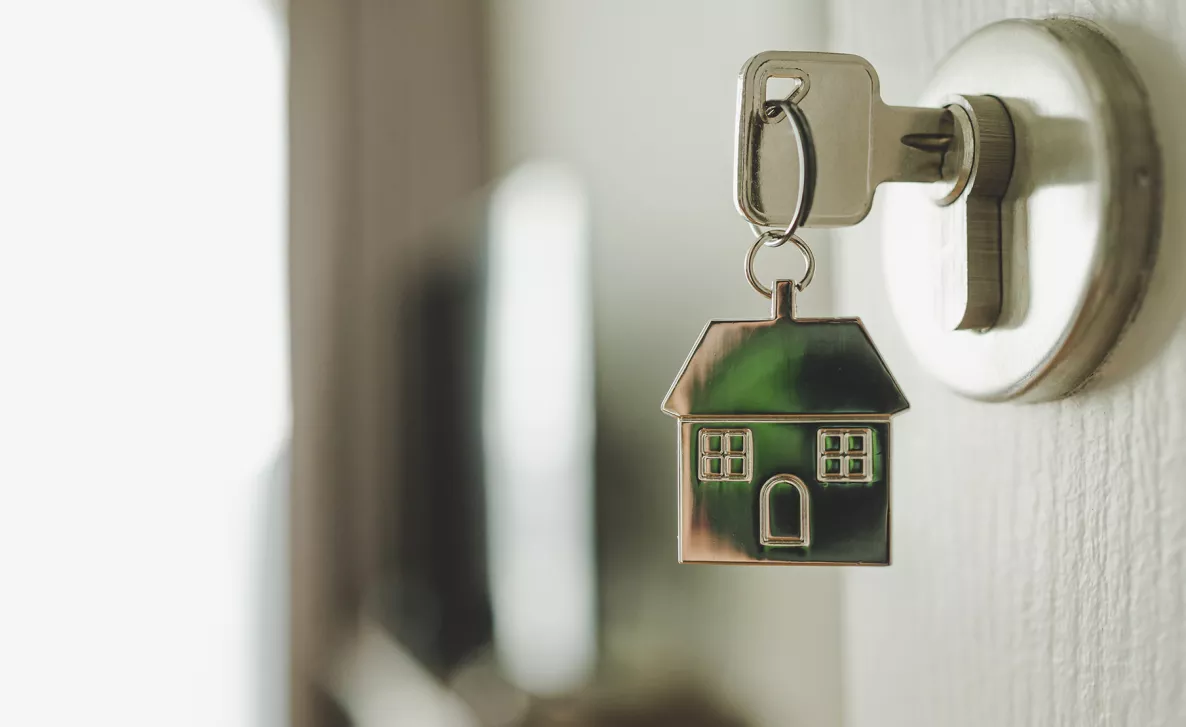The amortization period is the estimated life remaining on your mortgage loan, assuming no changes are made to your current payment amount, frequency, and interest rate. With a fixed rate and assuming you make no changes to the payment amount or frequency, your amortization period will reduce at the same rate as your mortgage term. If you have a variable rate, and assuming you make no changes to the payment amount or frequency, your amortization period will fluctuate with changes to the Bank of Canada's policy rate. An increase in the policy rate will reduce the amount you pay towards principal and increase your amortization period. A decrease in the policy rate will increase the amount you pay towards principal and decrease your amortization period faster than had rates stayed the same.
The Bank of Canada Policy Rate is the rate set by the Bank of Canada for institutions to borrow and lend money to each other in the overnight market. The public doesn’t have access to this market, but the rate is important because its impacts the rates offered on GICs and cash deposits, as well as the interest charged on lines of credit and variable rate mortgages.
A closed mortgage restricts the borrower's ability to make large prepayments. This doesn’t mean that you cannot make prepayments however there are penalties if you go beyond what your contract allows. Closed mortgages are the most common mortgage type and typically have lower interest rates than open mortgages.
A fixed rate mortgage is a loan with an interest rate that is locked-in and agreed upon when you sign your documents. This rate will not change for the term of your mortgage and closely resembles the Government of Canada's bond yield curve.
An interest payment is the amount of money paid that goes towards paying the interest that has accrued on your mortgage.
The interest rate is the rate used to calculate the amount of interest you will pay on your mortgage. This rate is displayed as an annual figure
Mortgage refinancing is the act of borrowing against the value of your home by increasing the size of your mortgage and receiving the cash now to spend, invest, or reduce other higher interest rate debts.
A mortgage renewal happens when the term of the mortgage expires. In most cases, you'll renew your mortgage four or more times over the life of your mortgage.
The mortgage stress test was introduced for federally regulated lenders to help ensure that borrowers could withstand a potential rise in interest rates. The mortgage stress test is required on all new mortgages, mortgage refinancing, and when a borrower switches to a new lender. The stress test examines your ability to afford the mortgage based on the higher of 5.25% or your negotiated rate plus 2%.
The mortgage term is the number of years you agree to for your interest rate. In Canada, a 5-year rate is most common, but it may not be suitable for everyone. For instance, if you only plan to stay in your home for 3 more years, choosing a 3-year term would likely be your best option to avoid having to pay additional fees for breaking your mortgage early. Always ensure your read and fully understand the terms and conditions of your mortgage contract.
An open mortgage is one that allows for unlimited prepayments towards the balance owing. Open mortgages tend to come with higher interest rates to compensate the lender for the unpredictability of prepayments. For the borrower, these are often used when the intention is to pay off the loan in a very short period (less than a year).
The Prime Rate is set by the individual financial institution, however in almost all cases, the banks set the same rate. The Prime Rate is higher than the Bank of Canada Policy Rate and will fluctuate when the Bank of Canada adjusts the policy rate. The prime rate is used for variable rate loans such as lines of credit and variable rate mortgages.
A principal payment is the amount of money paid that goes towards paying down the amount owed on your mortgage.
The trigger rate only applied to variable rate mortgages with fixed payments. It is the interest rate that equates to the interest portion of your payment equaling the total payment amount. This would mean that you no longer are paying down any of the principal on the mortgage and therefor your payments must be adjusted upwards.
A variable rate mortgage is a loan with an interest rate tied to your lenders prime rate. In most cases, a variable rate mortgage is quoted as "prime minus x%".
